How to ensure the sealing reliability of plastic packaging film
2025-04-12
To ensure the sealing reliability of plastic packaging film, we can start from the following aspects:
1. Choose the right film material
Different plastic film materials have different sealing properties. For example, polyethylene (PE) film has good flexibility and heat sealing properties, which is suitable for packaging that needs to be sealed; while polypropylene (PP) film has strong rigidity, but its sealing performance is relatively weak. Therefore, it is necessary to select the right film material according to the characteristics of the product and packaging requirements.
2. Optimize heat sealing process parameters
Heat sealing is a common method for sealing plastic packaging film. In the heat sealing process, temperature, pressure and time are key parameters. Too high temperature may cause excessive melting of the film and affect the sealing strength; too low temperature will not make the film effectively fused. The pressure should be uniform and moderate to ensure that the film is fully in contact during heat sealing. The time should also be precisely controlled. Too short will make the seal unstable, and too long may damage the film. Generally speaking, for common PE films, the heat sealing temperature is 150-200℃, the pressure is 0.2-0.5MPa, and the time is 1-3 seconds. However, the specific parameters need to be adjusted according to the thickness and material of the film.
3. Conduct sealing quality inspection
Use professional testing equipment and methods to test the sealing quality. For example, use a sealing tester to test the sealing performance of the package, and observe whether there is air leakage by applying a certain pressure to the package. You can also use the appearance inspection method to check whether there are bubbles, cracks, and unsealed places at the seal. In addition, destructive tests can also be carried out, such as stretching or squeezing the sealed package to check the strength and reliability of the seal.
4. Control the production environment conditions
The humidity and temperature of the production environment also affect the sealing reliability of Plastic packaging film. When the humidity is high, the surface of the film may absorb moisture, affecting the heat sealing effect; if the temperature is too low, the film may become brittle, which is not conducive to sealing. Therefore, the humidity of the production environment should be controlled at 40% - 60%, and the temperature should be controlled at around 20 - 25℃ to ensure the performance and sealing quality of the film.
1. Choose the right film material
Different plastic film materials have different sealing properties. For example, polyethylene (PE) film has good flexibility and heat sealing properties, which is suitable for packaging that needs to be sealed; while polypropylene (PP) film has strong rigidity, but its sealing performance is relatively weak. Therefore, it is necessary to select the right film material according to the characteristics of the product and packaging requirements.
2. Optimize heat sealing process parameters
Heat sealing is a common method for sealing plastic packaging film. In the heat sealing process, temperature, pressure and time are key parameters. Too high temperature may cause excessive melting of the film and affect the sealing strength; too low temperature will not make the film effectively fused. The pressure should be uniform and moderate to ensure that the film is fully in contact during heat sealing. The time should also be precisely controlled. Too short will make the seal unstable, and too long may damage the film. Generally speaking, for common PE films, the heat sealing temperature is 150-200℃, the pressure is 0.2-0.5MPa, and the time is 1-3 seconds. However, the specific parameters need to be adjusted according to the thickness and material of the film.
3. Conduct sealing quality inspection
Use professional testing equipment and methods to test the sealing quality. For example, use a sealing tester to test the sealing performance of the package, and observe whether there is air leakage by applying a certain pressure to the package. You can also use the appearance inspection method to check whether there are bubbles, cracks, and unsealed places at the seal. In addition, destructive tests can also be carried out, such as stretching or squeezing the sealed package to check the strength and reliability of the seal.
4. Control the production environment conditions
The humidity and temperature of the production environment also affect the sealing reliability of Plastic packaging film. When the humidity is high, the surface of the film may absorb moisture, affecting the heat sealing effect; if the temperature is too low, the film may become brittle, which is not conducive to sealing. Therefore, the humidity of the production environment should be controlled at 40% - 60%, and the temperature should be controlled at around 20 - 25℃ to ensure the performance and sealing quality of the film.
You Might Also Like
-
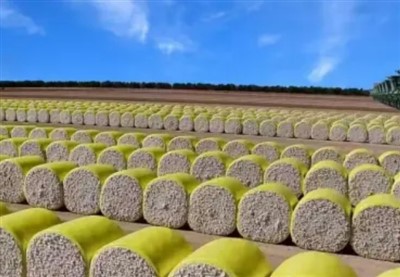
what are the advantages of cotton packaging film
-
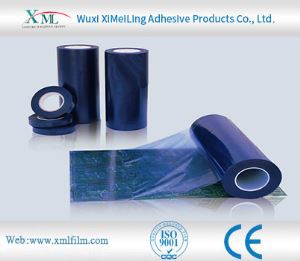
How does pe protective film cope with high temperature environment
-

The Advantages of Cotton Wrap Film
-
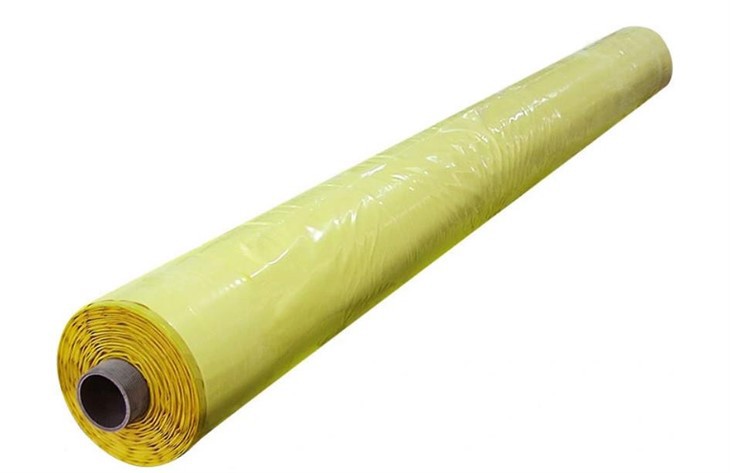
Advantages of Cotton Bale Wrap Film
-
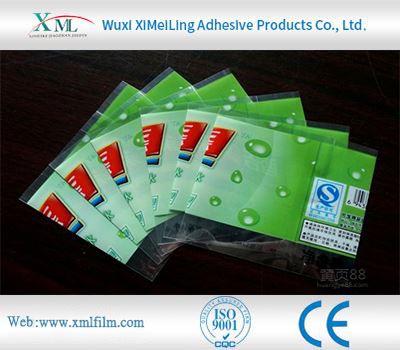
How Polyethylene Packaging Material Copes with High Temperature Environment
-
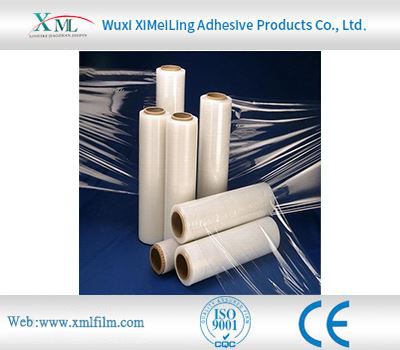
How to Remove Protective Transparent Plastic Film Without Damaging the Surface
